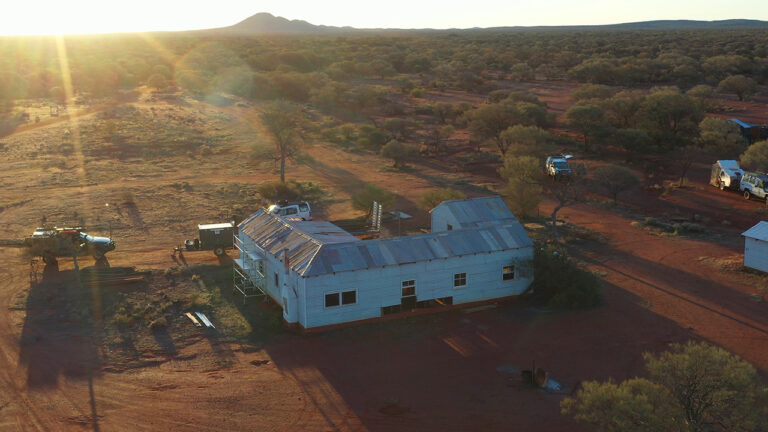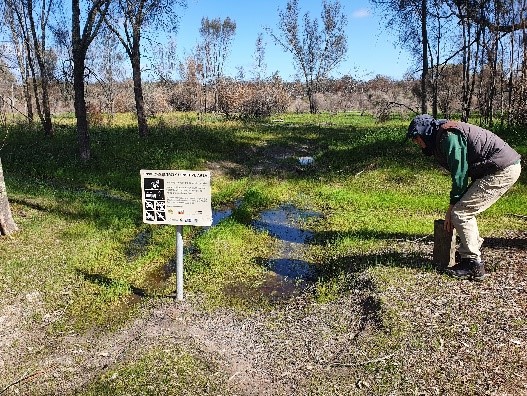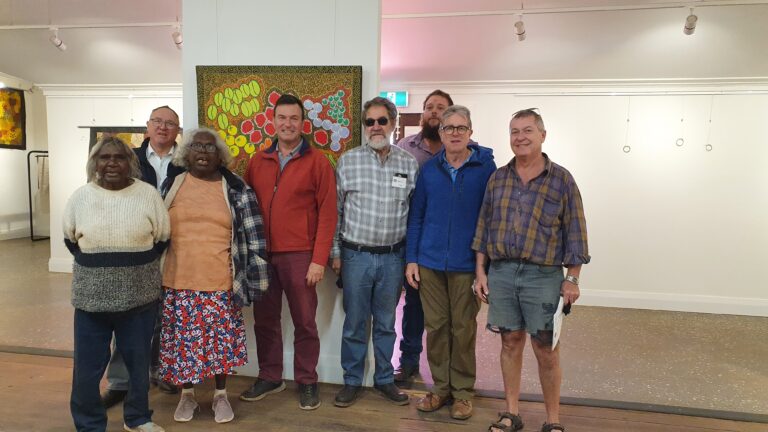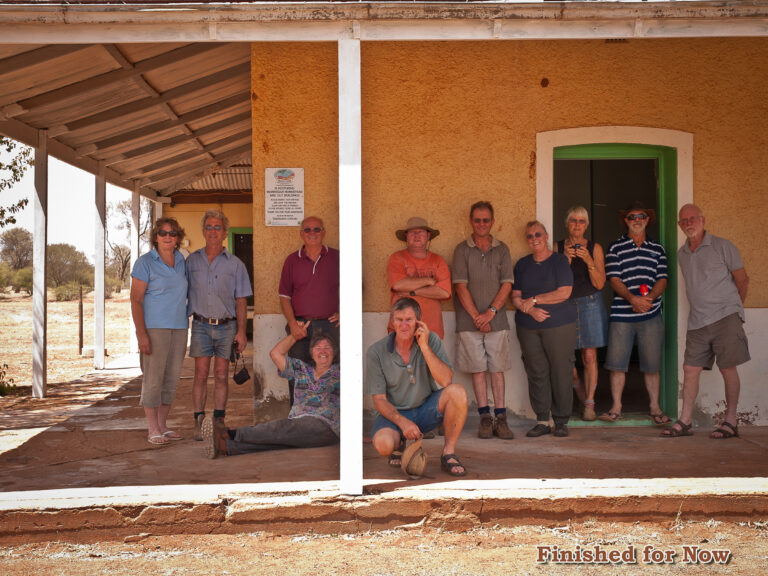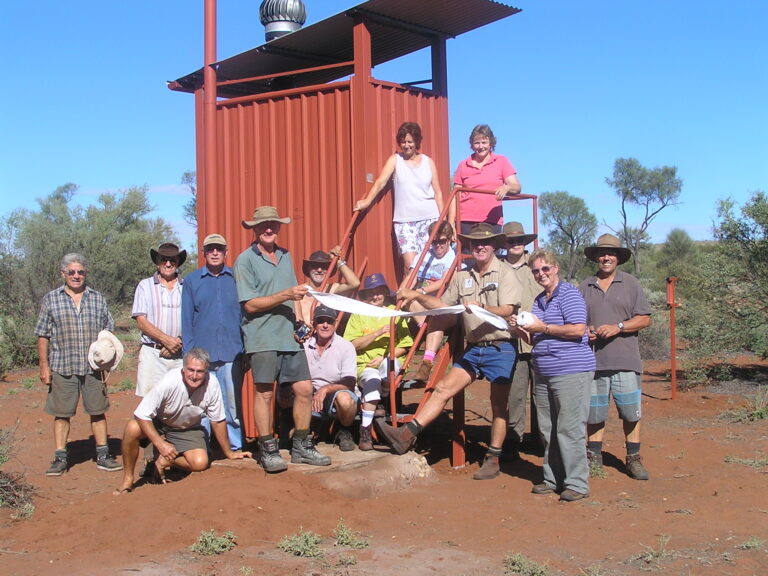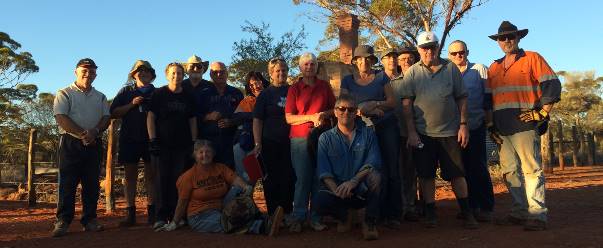
Overview
Damperwah State Farm is a historical heritage site in the newly-formed Karara Rangeland Park, on the Karara ex-pastoral station, approximately 4½ hours north of Perth near Perenjori.
There are 3 buildings on the site which were fire-damaged many years ago, presenting a potential danger to the public for DPaW. Rather than destroy the homes, Track Care offered to erect fencing around the buildings.
Stage 1 in September 2016 saw the camping site cleared of most of the rubbish and trip hazards as well as fences erected around 2 of the houses.
Stage 2 involved clearing any additional rubbish off the site, identifying heritage/interest value items, salvaging fencing materials from the Karara and Kadji Kadji ex-pastoral stations, erecting fences around the last building and tensioning the existing 2 fences.
Due to the participant’s availability, the original 10-day project was shortened to 3 days.
DPaW were able to partially fund this project.
Participants
The project had 18 participants in 10 vehicles.
Noel & Rita Anderson, Merv & Elizabeth Bradshaw, John & Maureen Cardew, Andrew Davies, Kerry & Norm Foote, Tim Mitchell, Clive & Sylvia Osborne, Grant van der Helder, Peter & Jann van der Helder, Louise Walker and Darryl & Anne Welshby.
Two people had current First Aid training and one person had current professional construction experience.
Project Safety Analysis
The Project Safety Analysis was prepared following the earlier project in September 2016 and a subsequent visit by Peter Mack-Heaven in early 2017.
There was only one unexpected risk identified at the site – a prickly tree on the back fence-line of the last house. It was pruned back on one side to allow access.
Construction Teams
2 primary teams were used as in Stage 1 – one offsite and one onsite.
Day 1 saw 4 teams in play – one to fetch posts, wire & steel piping (for bracing), one to fetch water from the Karara homestead, one to fetch the supplies from Perenjori and the last to prepare the holes and pick up more rubbish.
Day 2 saw 2 teams – one to fetch posts, the other to erect the fencing and pick up more rubbish.
Grant van der Helder was invaluable in leading the fencing construction with his knowledge and experience.
Construction Plan
Some deviations were made to the original plan:
- Due to the difficulties encountered in Stage 1 using the auger to loosen posts, the team tried a different method.
- A heavy chain was wrapped around the base of an offending post, then looped over a strut and fixed to a vehicle’s recovery point. One person wearing PPE would balance the strut at arm’s length as the car slowly reversed until the pole was loosened or the strut fell over.
- Each pole took around 5 minutes to pull out (as opposed to 20-30 mins with the auger).
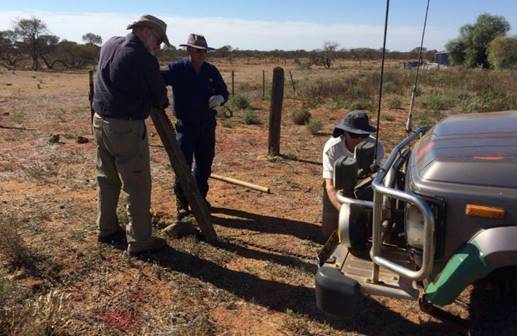
- It was discovered that the wood drill bits diameter was too small for the metal pole studs. An angle grinder was used to form a drill bit end on one of the studs and this was then used as a drill bit. This worked extremely well.
- A car was used to pull multiple strands of wire out of the old fencing. After a safety discussion, it was decided to wrap the wire with a few twists around the car’s recovery point – rather than use a shackle – so if a wire jammed it would just untwist and avoid a wire recoiling with force. The wires were cut back from any bends, the line cleared of obvious rubbish and a person walked with the end of the wire as it was pulled. This worked extremely well, pulling 4 strands at once. One jam occurred from an entangled bush and the wires untwisted with no recoil – the jam was removed and the wires twisted back on. It took around 5 mins to pull 4 * 80m – and another 15 mins to wind them back onto the Spinning Jenny.
- A Spinning Jenny was used to wind and unwind wire. This sped the process up by orders of magnitude since “knots” were easily avoided.
- Gripples were used to join wires for the new and existing fencing. This proved a lot quicker and easier than twisting wires off, and should keep tension better too. Gripples are approximately $3 each, with around 20 used for the 4 strands and diagonal tensions.
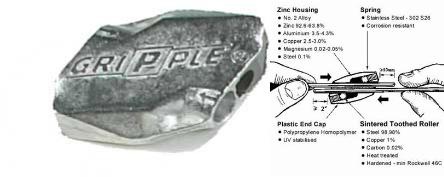
- Corner with bracing and tensioner.
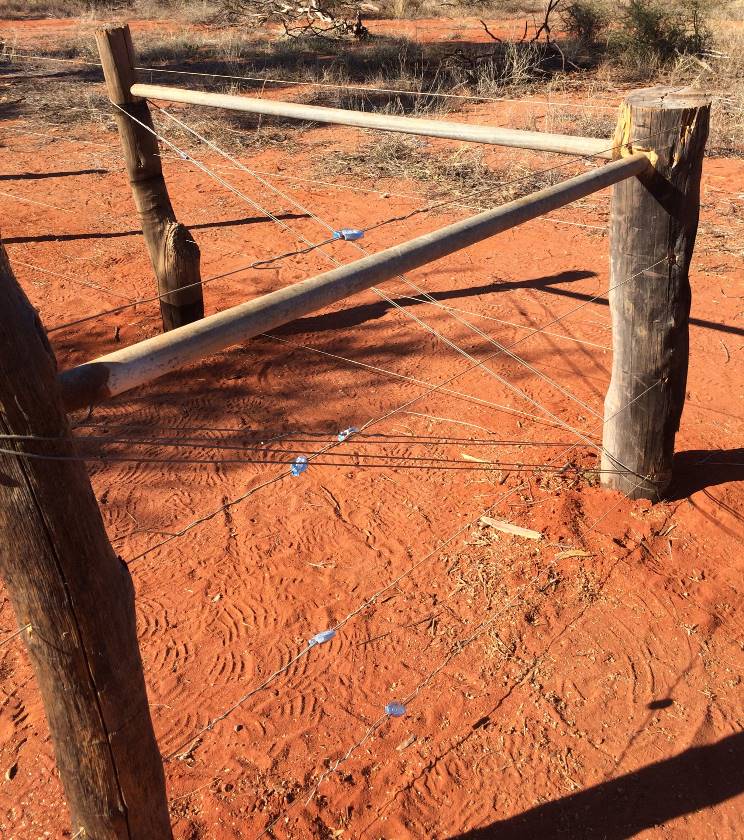
The finished fence.

Most rubbish in Keep Australia Beautiful bags was taken back to the dump in Latham.
A piles of tin was left near house #2 and a pile of sheets & engine parts was left near the South West entrance (see Future Work below). This will need to be removed by DPaW.
The remaining posts were left a good distance behind house #3 (at co-ordinates 20.29751°, 116.68240°).
Work Summary
| Date | People | Hours |
| Thursday 1st June 2017 | 6 | 27 |
| Friday 2nd June 2017 | 10 | 55 |
| Saturday 3rd June 2017 | 18 | 139 |
| Sunday 4th June 2017 | 18 | 162 |
| Monday 5th June 2017 | 18 | 117 |
| Total | 500 |
Local Community Interaction
Quick set cement was again purchased from Perenjori’s Agri-Services along with Gripples for tensioning wire.
On Saturday, a group from the Wanneroo 4×4 Club came through the Damperwah State Farm site. We explained who we were, what we were doing and showed them where the newly-signposted Lochada 4×4 Track was. We also offered them some Keep Australia Beautiful bags.
It is recommended for future projects, that if at all feasible, materials should be purchased from local small businesses. This will inject much needed funds into rural WA as well as ease the cost of transporting materials to site.
TrackCare should always look for opportunities to interact with the local community as Public Relations exercises.
DPaW Interaction
Nick Detchon was not able to come down as planned.
Paul Robb – the ranger for the newly-formed Karara Rangeland Park – did come down on Saturday to introduce himself and his plans for the area.
He was impressed with the work so far and looked forward to working more with TrackCare.
Some discussion was had about future Warriedar and Damperwah work and he volunteered to come and talk to TrackCare some time to discuss topics e.g. wild dogs.
Paul also gave us some history on how the 6 ex-pastoral stations in the region (Burnerbinmah, Kadji Kadji, Lochada, Karara, Warriedar and Thundelarra) now make up the new Karara Rangeland Park, which he now looks after.
Future Work
DPaW have indicated they will not be allowing public camping at Damperwah (since there are adequate camping facilities nearby at Warriedar, Camel Soak and Lochada).
If time allowed the original gateway was to be cleared, the current entrance blocked (possibly using remaining posts) and the parking areas highlighted (using e.g. logs).
There was insufficient time to map out the parking areas.
The entrance is heavily overgrown with bushes and a low branch, and it has a rivulet rut forming. Paul Robb from DPaW decided to discuss what needed to be done at a later date. So photos were taken and a report will be drawn up, to be discussed with DPaW.
Warriedar was also noted to have damage – the veranda posts have been knocked off their brackets and there appears to be termite damage to floor boards. TrackCare (Clive Osborne and others) would take photos of issues and a report will be drawn up, to be discussed with DPaW.
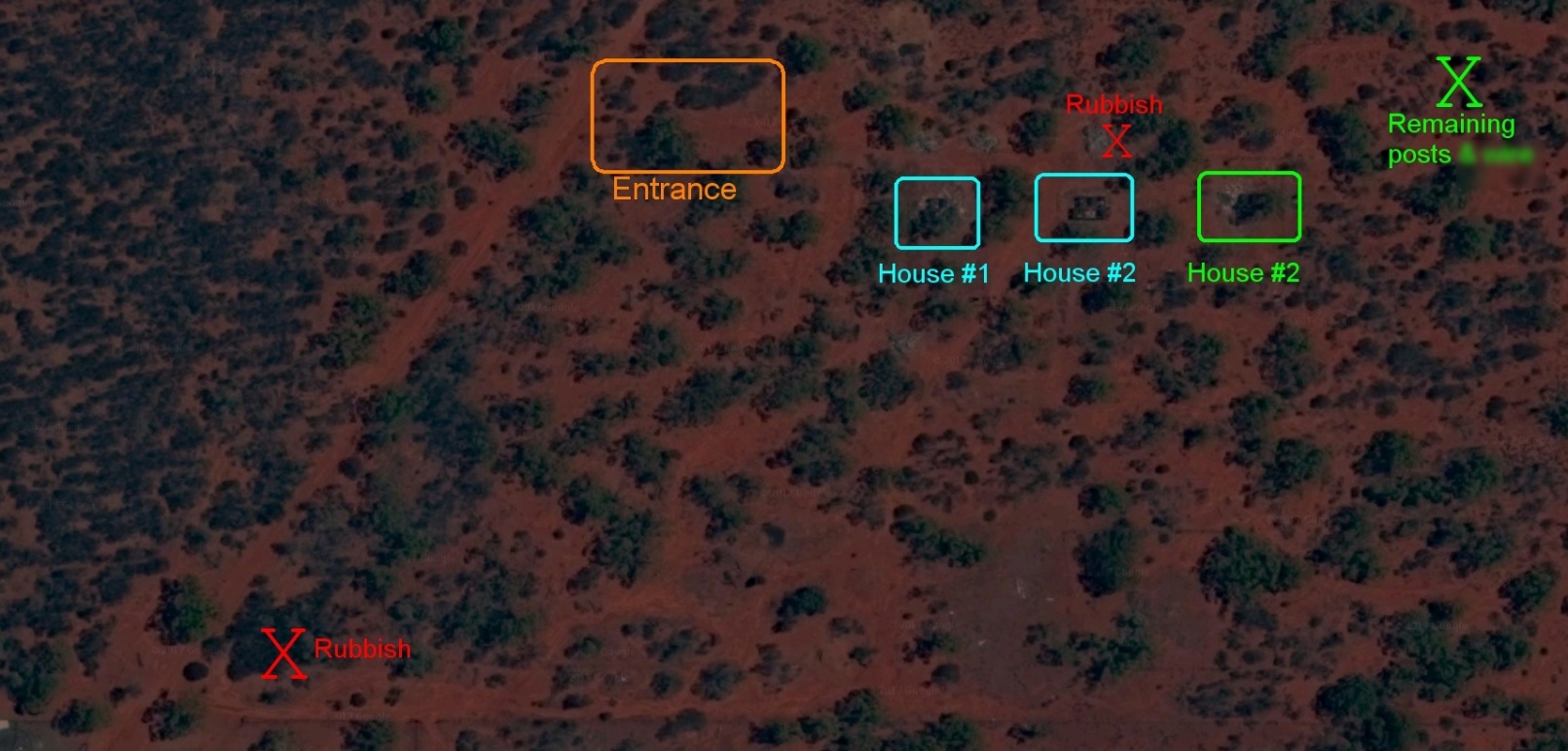
A big thank you to all involved – before, during and after. Many hours of work and personal tools & petrol donated to make this happen.
And the scones…lets not forget Elizabeth’s scones!
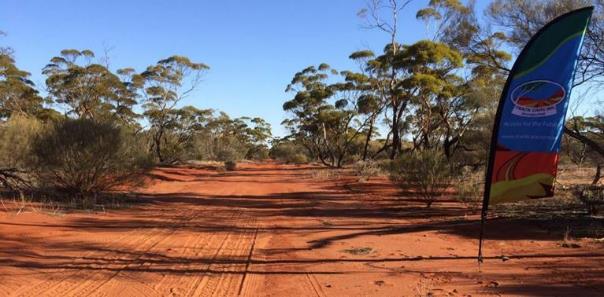
Andrew Davies
Project Leader
20th June 2017
